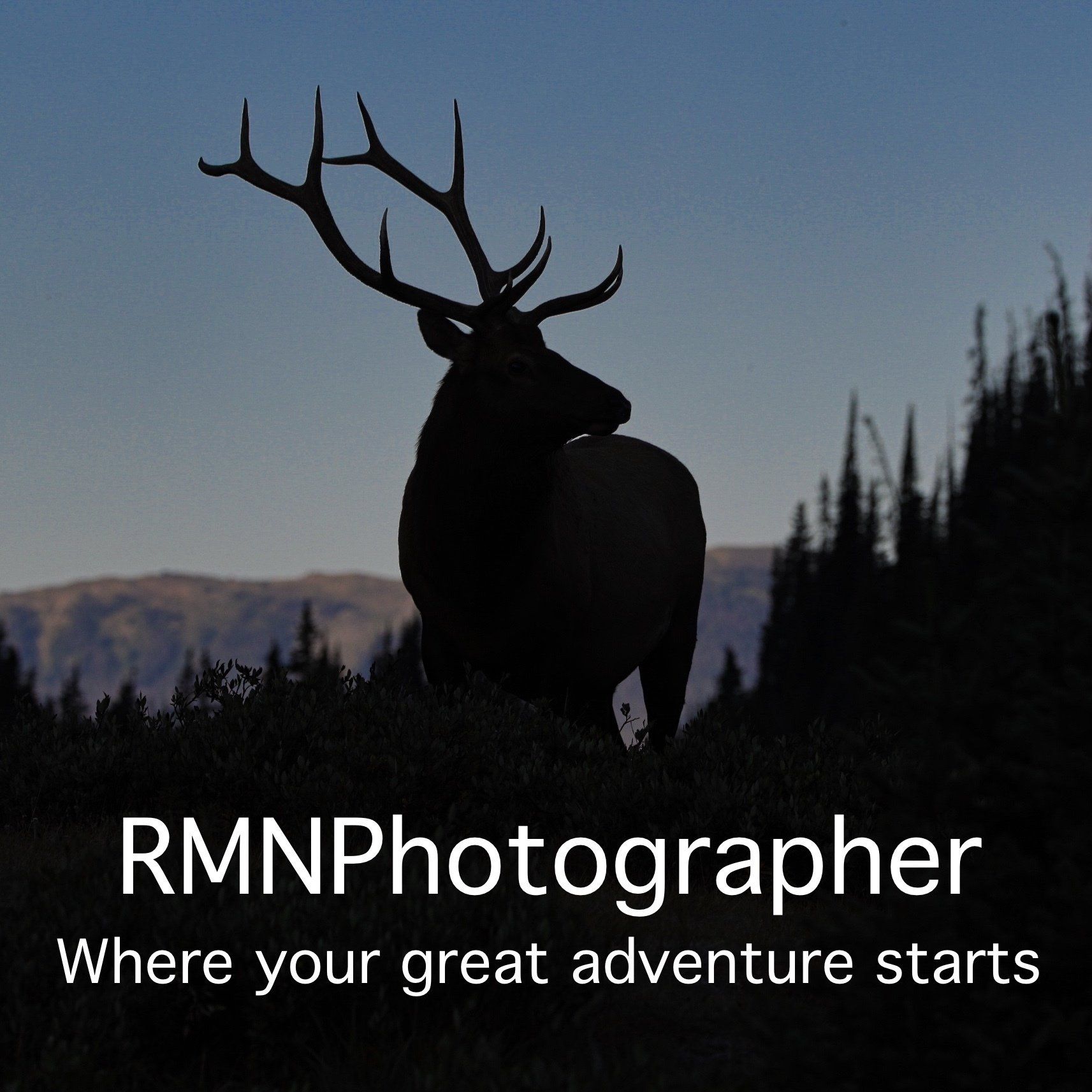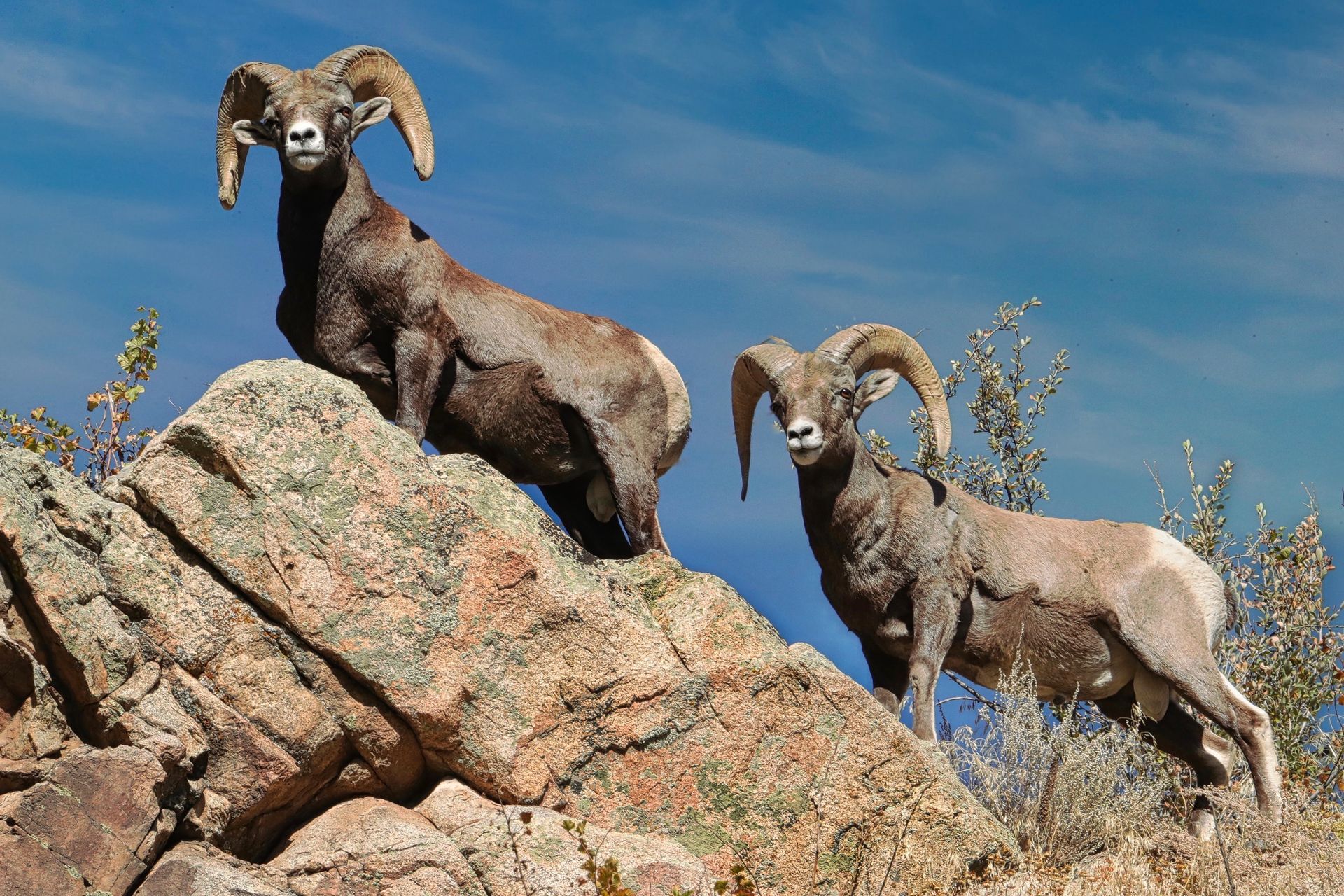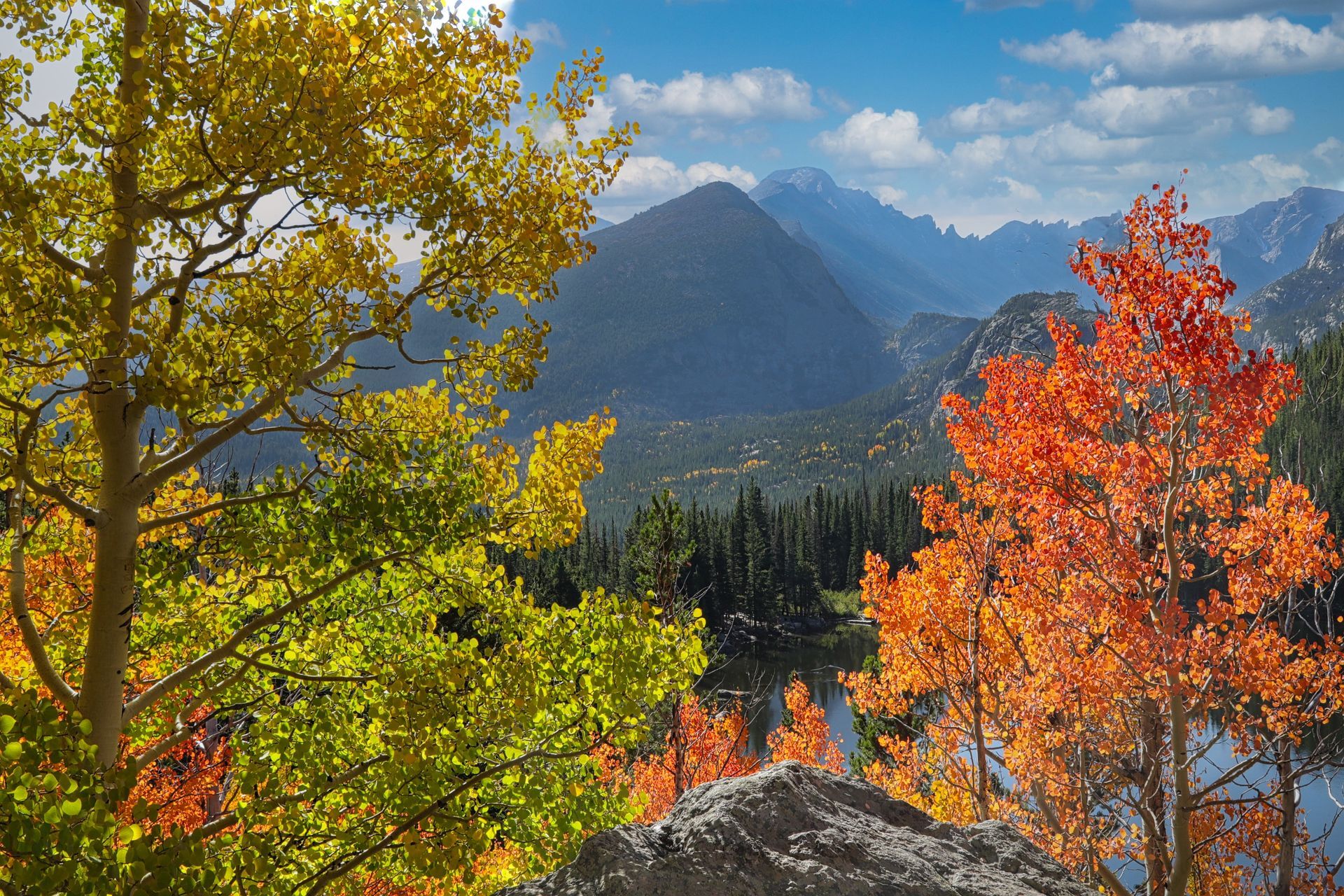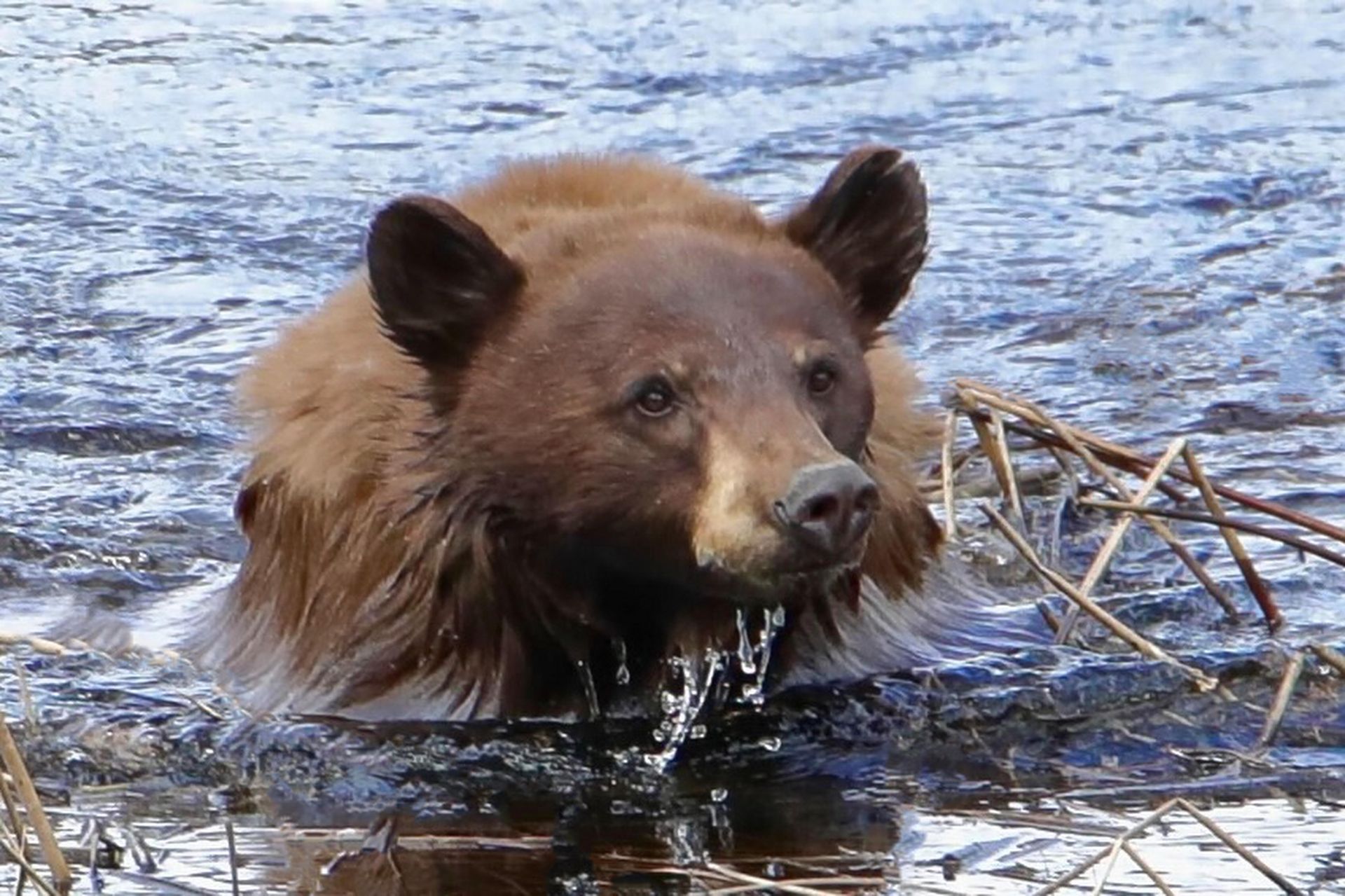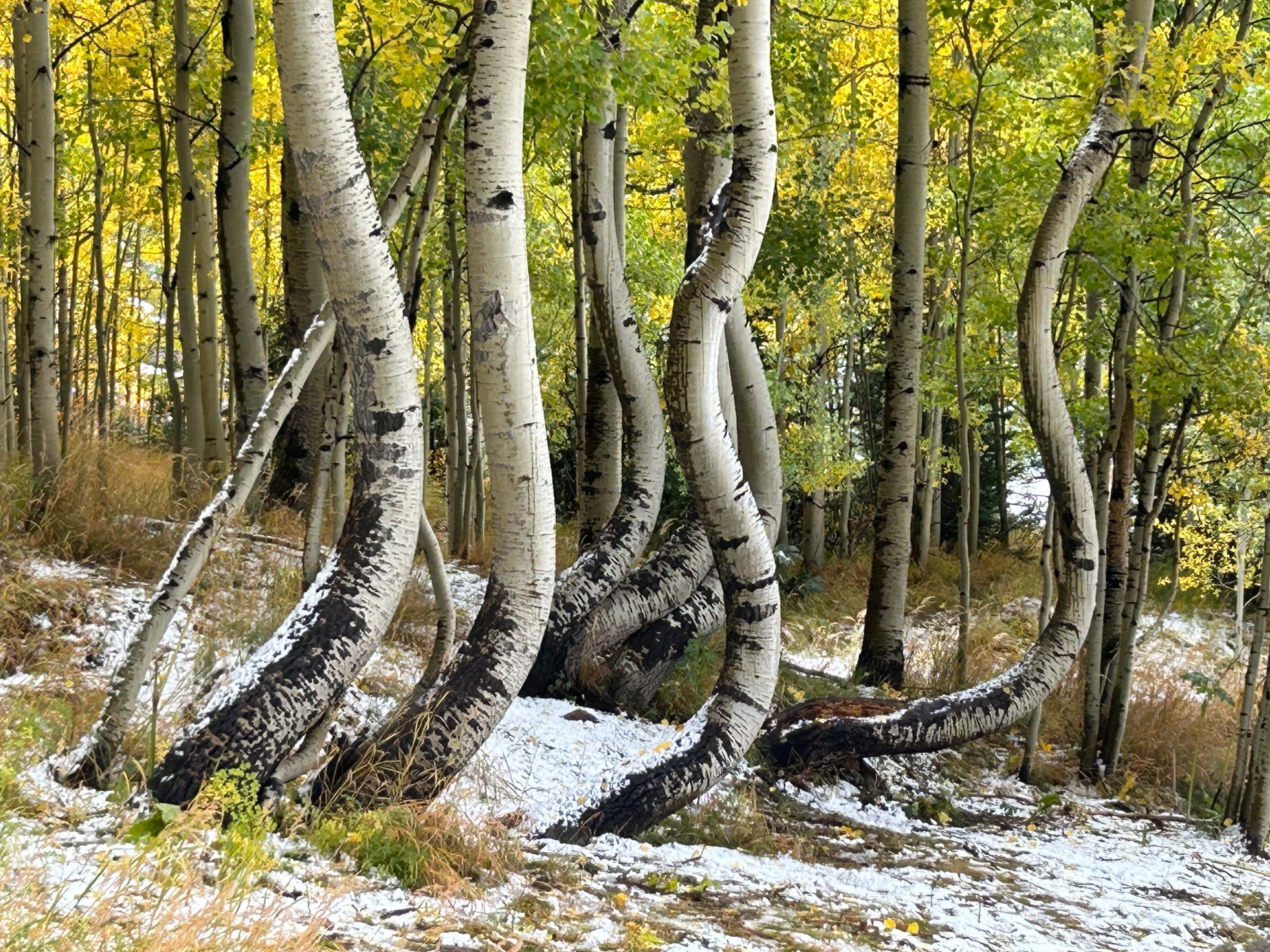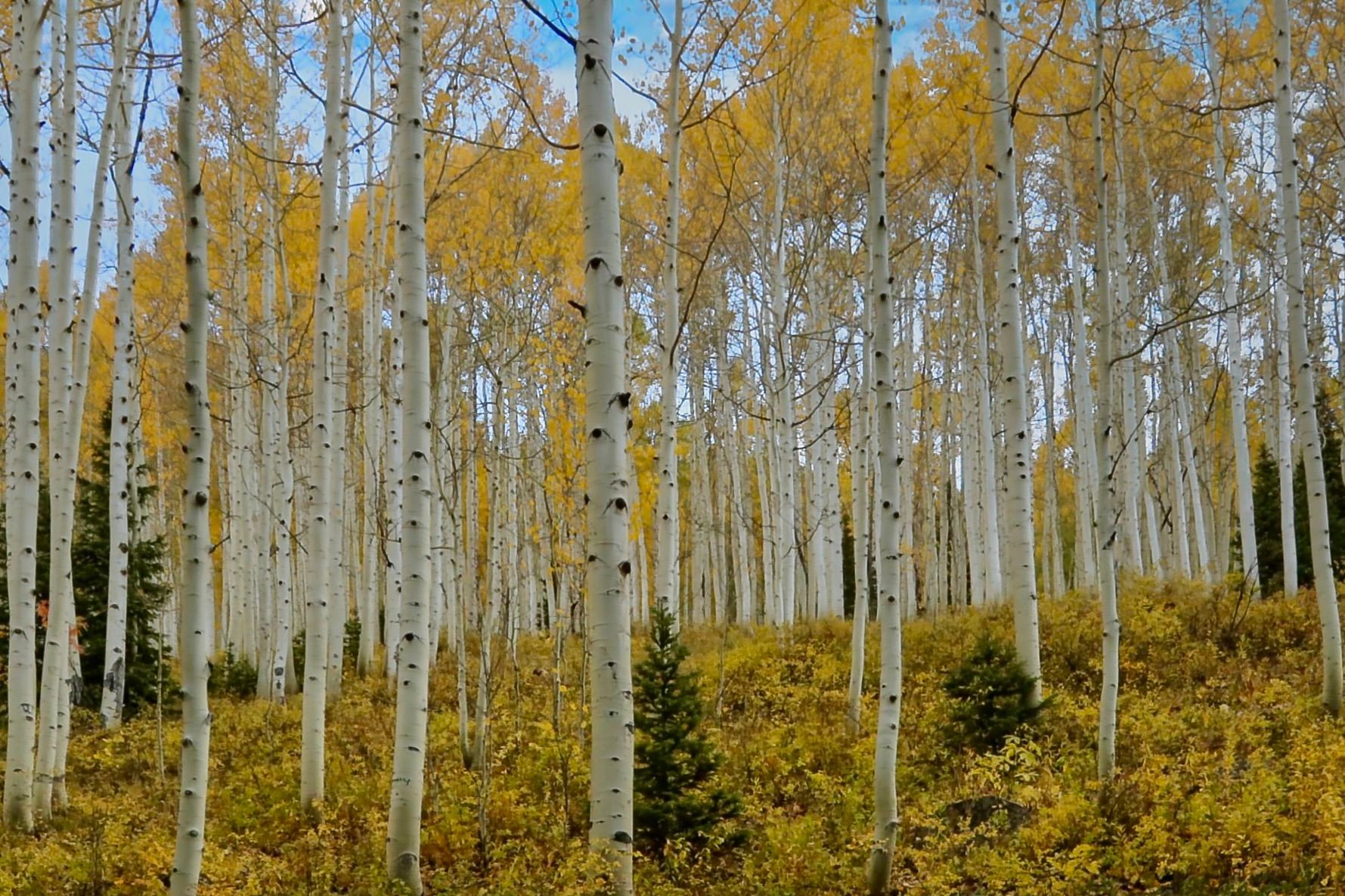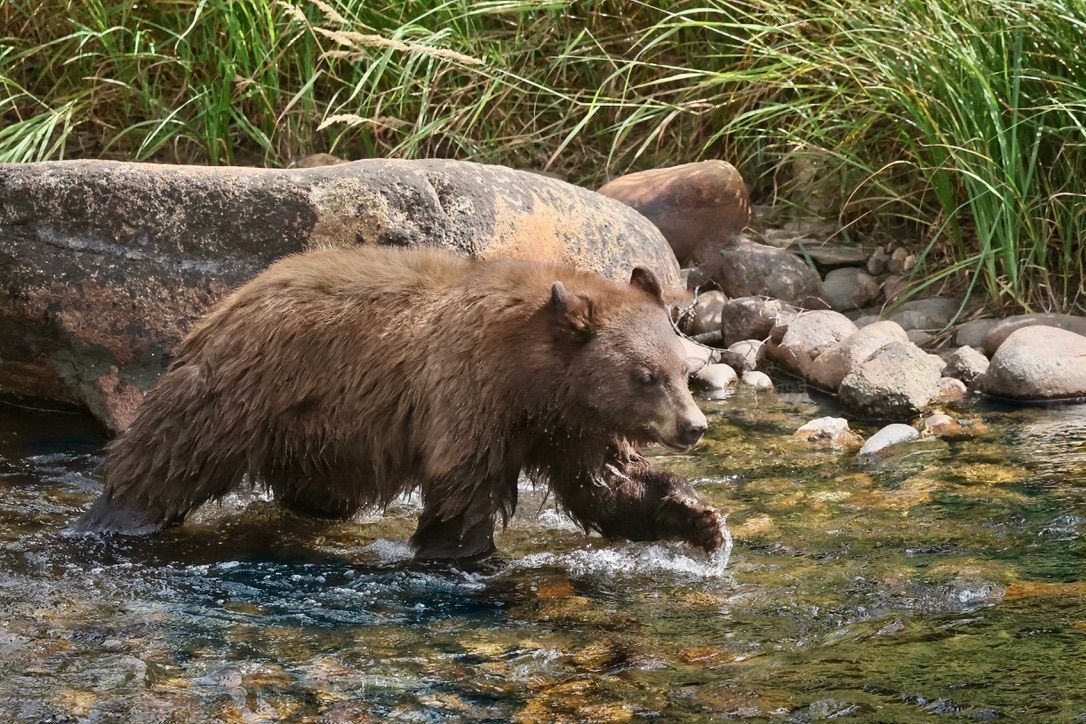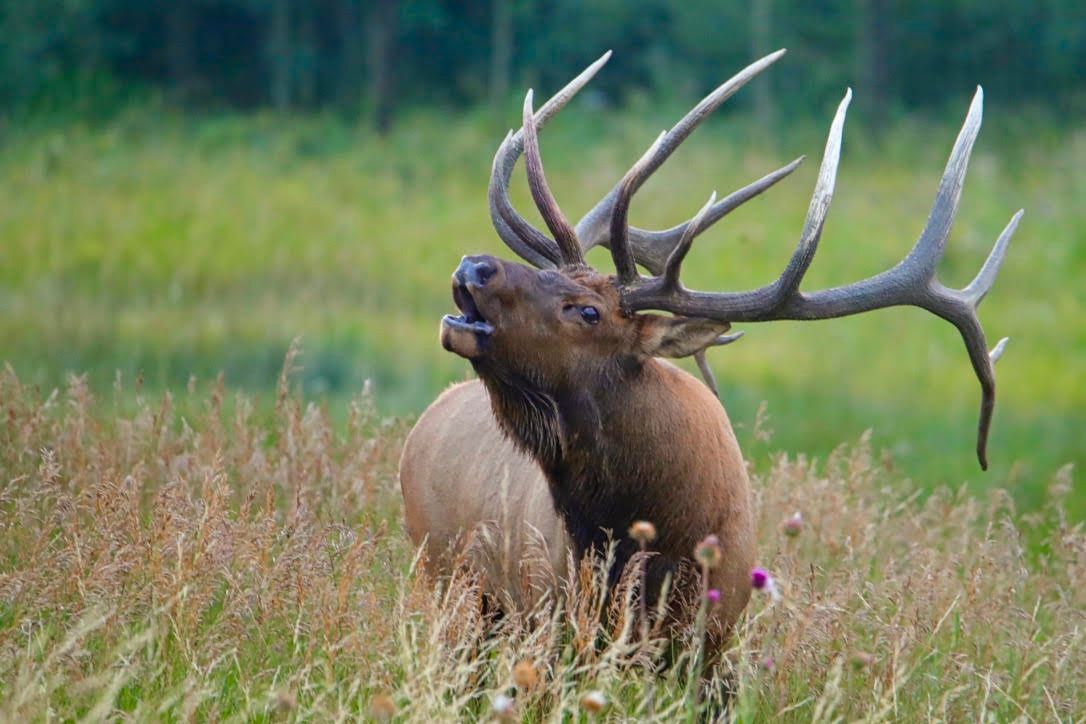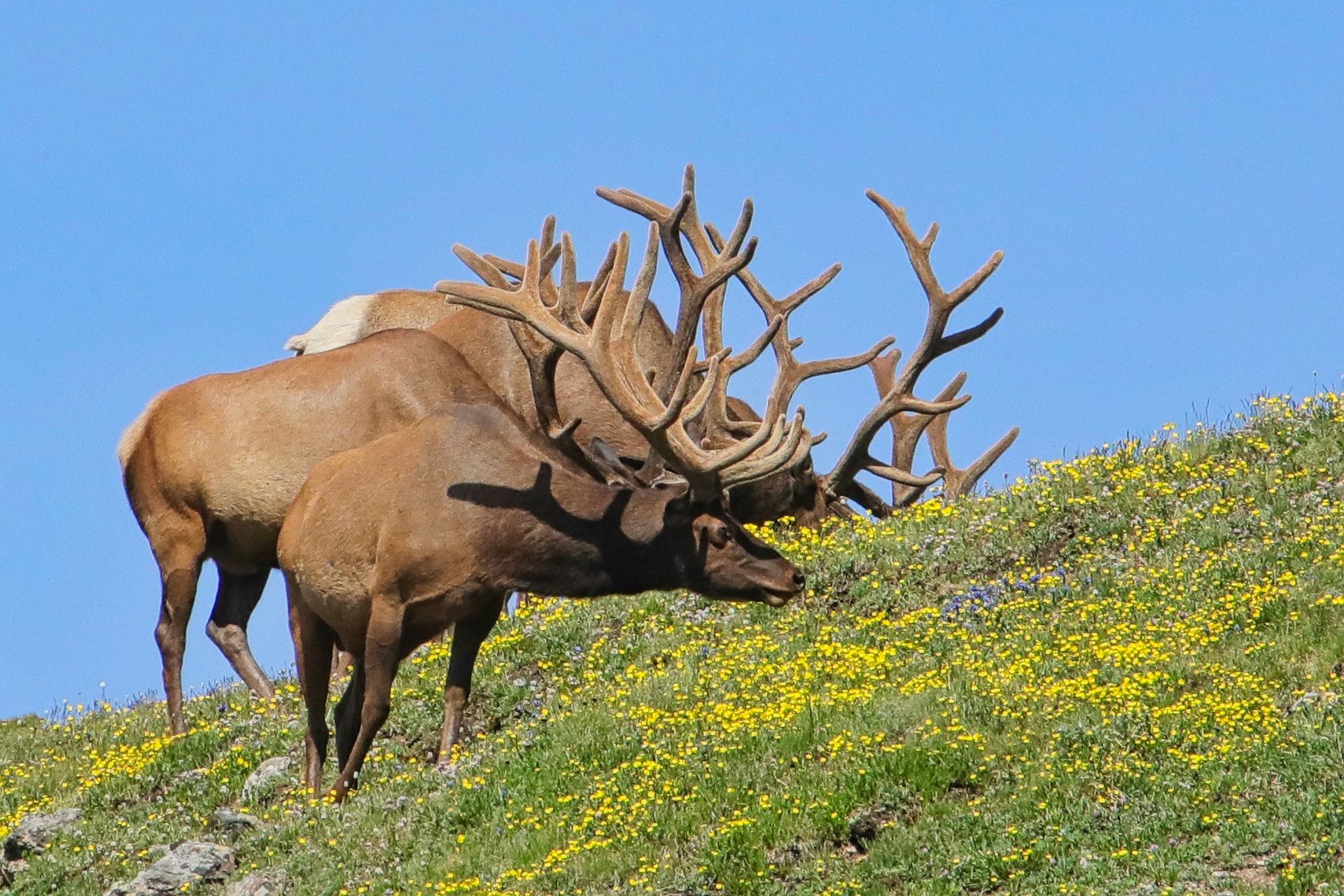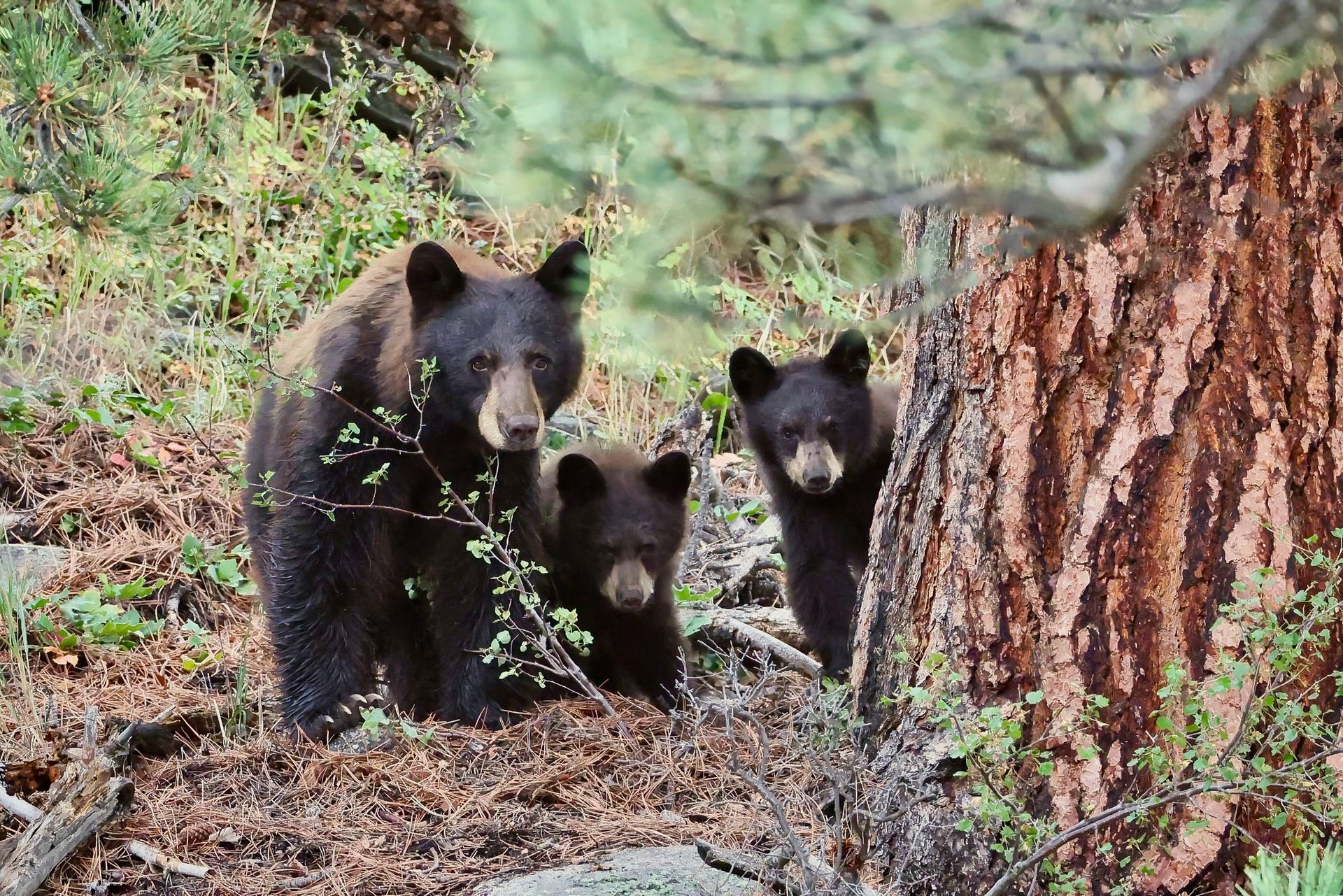The Elk Just Kept Coming
There Must Have Been Two Hundred Elk
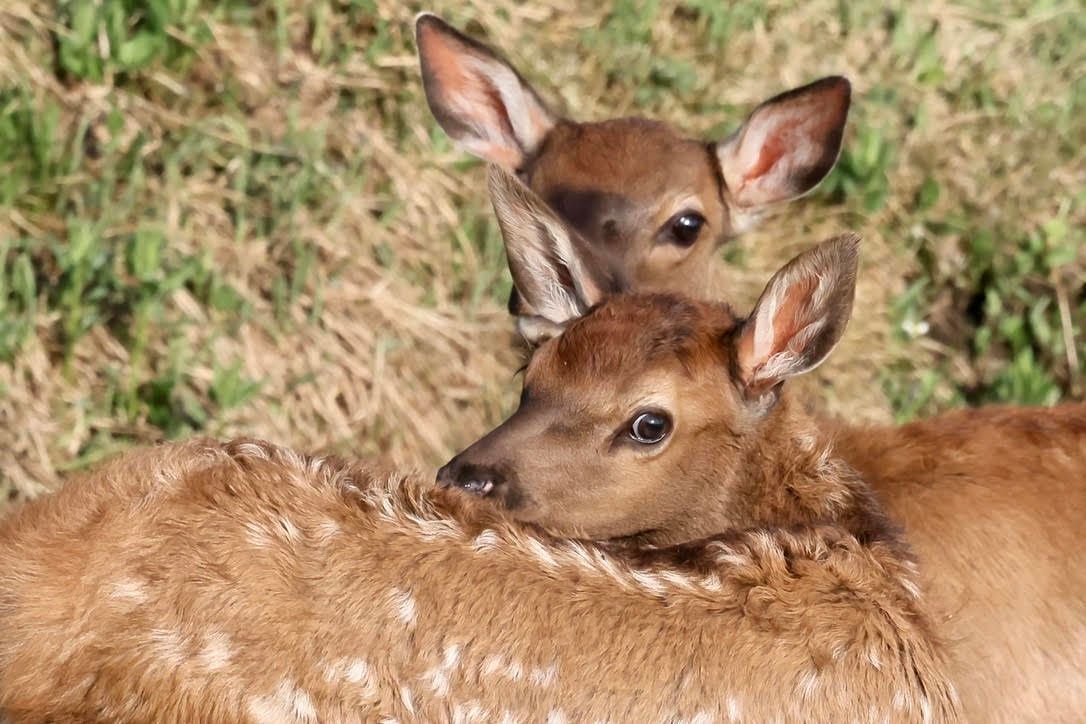
As a wildlife photographer, I spend many sunrises in Rocky Mountain National Park. Some days are absolutely incredible, other days “bottom-out” at wonderful. That’s the worst a day can be in RMNP. Wonderful.
Recently, one of those good days turned from special to unique. As I drove down from the tundra, a couple of cars were stopped up ahead. Several elk, mostly cows, were walking uphill approaching the tundra. Calves were beside them or in small groups being curious and playful.
Stepping out of my SUV, camera strap over my shoulder, I lifted to focus through the viewfinder. Ten, twenty elk filled the square. I lowered the camera looking at the vast mountainside. Elk were appearing from among the trees, lines of them, large groups all the way down the mountain. There must have been two hundred elk coming up toward me, maybe more. They just kept coming.
As they came within range of my 500 millimeter lens, I began to capture images. In a grassy area just below me, five calves gathered, three enjoying the greens while two laid watching their surroundings. They were a soft, reddish-brown with their distinctive white spots still predominant.
Then I heard a chirp, a mother calling for her baby, followed by a higher pitched chirp as one of the five answered. The calf stood, running up the hill to a waiting mother elk. Reaching her mother, the calf lifted its head as the cow’s neck extended outward and the two tenderly touched their noses.
Down the hill, as far as I could see, there were elk. A couple of yearling spike-bulls grazed on the way moving among the cows with a sense of independence having just begun their second year of life.
I was giddy at what I was experiencing. So many cow elk, yearlings, calves, new life, and summer greens as I captured image after image. I kept searching among them, scanning my view finder for that special picture.
Another chirp and another reunion of a cow and her calf. The cow was patient as the calf moved to nurse. For the first few weeks, the calves rely on their mother's milk, nursing from her multiple times a day. At this moment, the calf was aggressive, yearning for milk after the long walk up the mountain.
At one point, there were eleven elk calves within the confines of my camera’s viewfinder. Two cow elk stood behind them, watching and protecting. Calf groups provide a safe space for calves to interact, rest, and play. The calf nursery was watched over by cows taking “baby-sitting” turns, ensuring the safety of the herd’s young.
As the herd began to cross the road, two calves trotted to join their mother on a hillside of white wildflowers. Cows turned to their babies, encouraging them to move up the hill while behind me someone whispered, “Oh, how precious.”
I turned my camera back to capture more images down the hillside. Three calves stood together, their eyes casually watching the passing parade of mothers and children. In another group of four, one stood and walked among them, stepping over its young friends who stayed calmly unaffected in the grass.
Then from across the road and within the pines on the hillside, a feeble bugle could be heard. As I turned, so did a couple of the cow elk. Somewhere among the pines was a young bull elk practicing his mating call hoping for a time to come in September.
By the time most of the massive herd had crossed the road, they had found solace in the pines. Two hundred (plus) elk had begun to disappear into the foliage. How this happened, how so many six-hundred pound animals could disappear in a matter of minutes was a statement of how protective nature can be.
I could see spots of tan and brown, hints of their big bodies, the color of elk slipping from among the pines. I lifted my camera strap over my shoulder, my mirrorless camera with zoom lens hanging at my side, and I breathed in the crisp morning air.
The elk had given me a unique experience, and I was grateful for the images they’d allowed me to capture.
